This article was co-authored by wikiHow Staff. Our trained team of editors and researchers validate articles for accuracy and comprehensiveness. wikiHow's Content Management Team carefully monitors the work from our editorial staff to ensure that each article is backed by trusted research and meets our high quality standards.
This article has been viewed 28,016 times.
Learn more...
Mica powder is a handy tool for a wide variety of crafts and products. If you want to add some flair to your powder, you can mix in a variety of pigments to create vibrant colors. These colors can be added to a mixing medium of your choice and used in cosmetics or crafts. Making mica powder with pigments is a fun, simple DIY project that can help you create custom made colors.
Steps
Creating Your Colors
-
1Use white pigments for cosmetics. If you're mixing mica powder with cosmetics, start with a plain white pigment. Titanium dioxide and zinc oxide are frequently used in cosmetic products as they provide great coverage and hold up under heat and light. You can use white pigments as your base and mix in other colors to get your chosen shade.
-
2Create brighter colors with magnesium violet. Magnesium violet is is a bright colored pigment powder you can mix with your mica powders to create brighter colors in shades like purple and lavender. When it comes to usage for your powders, magnesium violet works great for the eyes and lips, as well as general cosmetics.
- Magnesium violet can used with duller pigments to brighten up duller colors.
Advertisement -
3Select ultramarines for blue and purple tones. Ultramarines are great pigment powders to create blue and purple tones when mixing your mica powder and pigments. They provide cooler blue and purple tones like cobalt blue and lavender.
- If you’re making cosmetics with pigments, never use ultramarines on the lips
-
4Go for iron oxides to make natural tones. You may need neutral colors for a painting or craft, or want to make a nude lipstick or eye shadow. Iron oxides are great for mixing neutral tones, like blacks, browns, and lighter yellows or reds. They can be mixed on their own to create the desired shade or added to brighter mica pigments to tone down a particular color.
- It's safe to use iron oxides for any type of cosmetic product.
-
5Experiment with your powders. Pigments can be easily mixed with mica powder on a piece of wax paper using a spoon. Simply set the powder and pigments on the paper and mix them together with a spoon. Try tweaking the ratios until you get your desired color. The process does not require precise measurements or ratios, as it's all about trial and error.
- For example, if you want a lighter blue shade, you may start off with white pigments and then add some magnesium violet. If the color turns out too bright, tone it down with iron oxides.
Mixing Your Pigments
-
1Choose a mixing medium. Mixing mediums are mediums added to pigment powder to create a thick paste you can use for crafts, cosmetics, or use in body products. The mixing medium you use depends on the product you're making.[1]
- If you're adding micas to your body wash, for example, mix them with a small amount of body wash.
- For cosmetics, you can purchase mixing mediums meant for things like eye shadow and lip gloss online or at a local beauty salon. Go for water-based mixing mediums for eye makeup. A face and body mixing medium works well for the full face, as it's water resistant.
-
2Pour the mica powder and pigments into a mixing bowl. Take the mica powder with pigments you mixed earlier. Sprinkle a small amount of the powder on the bottom of a mixing bowl. You should only start with a tiny amount, such as a tablespoon or less, as it'll take some trial and error to find the right ratio of powder to mixing medium. You don't want to waste powder unnecessarily.[2]
-
3Add your mixing medium to your brush. Use a thin-tipped paint brush or makeup brush to add your mixing medium. Dab your brush into your mixing medium to get it damp.[3]
-
4Dab the brush into the pigment. Swirl your brush around in the powder so it blends with the mixing medium. Keep blending until the color is evenly dispersed throughout the mixing medium and forms a thick paste.[4]
-
5Test your pigment. You can test your powder on your hand, arm, or on a surface like a piece of scrap paper. If you like the color, start using your powder right away. If you don't, you can tone it down with more mixing medium or brighten it with more powder.[5]
- Test your powder on the surface you intend to use it on. If you're using your powder for painting, for example, dab it onto a piece of scrap paper instead of your hand.
-
6Make more. While you start out making small amounts, this is only to get a sense of the rough ratios you'll need to use. Once you've figure out the rough mica powder and pigment to mixing medium ratio, make as much of your mica powder products as you want.
Using Your Mica Powder
-
1Use the powder in cosmetics. You can add mica powder directly to your face as eye shadow, concealer, or lip gloss. It can be added on its own, after being mixed with the right medium, or mixed into existing eye shadow, foundation, and other products.
- If you want to add a metallic gloss to lipstick, mica powder works great for this. Just make sure you're using a powder that's safe for lips.
- If the color turns out too strong, you can tone it down with lighter pigments like iron oxides or white pigments.
-
2Mix your powder into body products. You can give body products, like lotion and body wash, a nice color and shimmering glow by mixing in your choice of mica powders and pigments. Simply pour a small amount of powder into the product an shake to disperse. If it doesn't come out the color you want, add a bit more powder.[6]
-
3Use your powders for crafting. Mica powders can be used in a wide variety of crafts. They can be mixed with paint to add shimmer to a canvas. You can also add color to clay, wax, oil, or ink to add some color and glimmer to craft projects.[7]
References
- ↑ https://www.youtube.com/watch?v=Qcc91B7s5UE&feature=youtu.be&t=93
- ↑ https://www.youtube.com/watch?v=Qcc91B7s5UE&feature=youtu.be&t=129
- ↑ https://www.youtube.com/watch?v=Qcc91B7s5UE&feature=youtu.be&t=151
- ↑ https://www.youtube.com/watch?v=Qcc91B7s5UE&feature=youtu.be&t=167
- ↑ https://www.youtube.com/watch?v=Qcc91B7s5UE&feature=youtu.be&t=167
- ↑ http://simplelifemom.com/2014/06/23/homemade-body-shimmer-lotion/
- ↑ http://www.polymerclayweb.com/materials/powderspulvers/micapowder.aspx
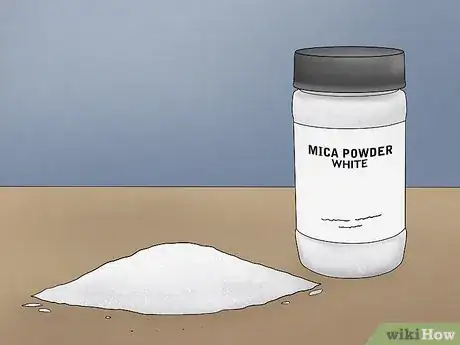
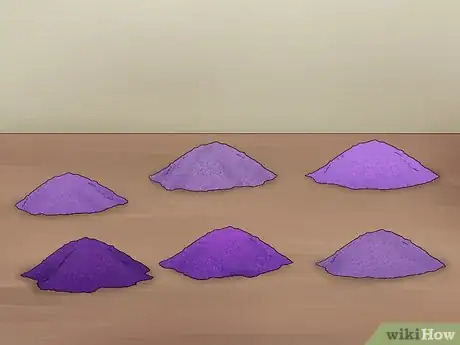
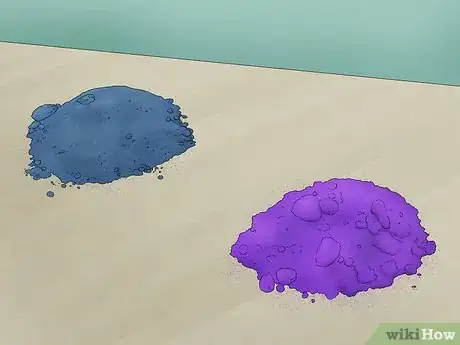
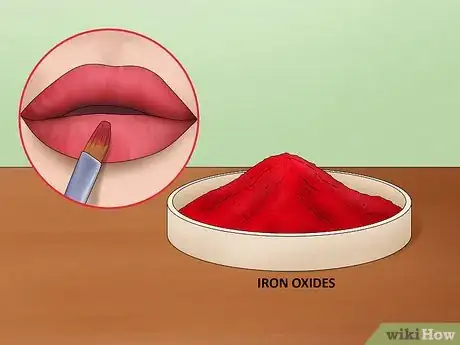
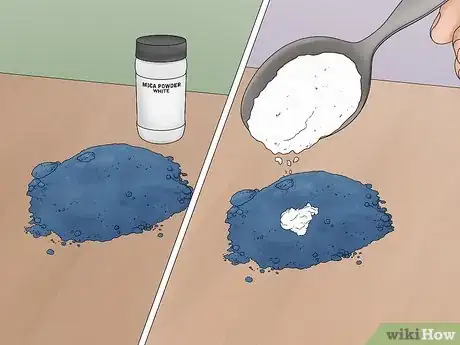
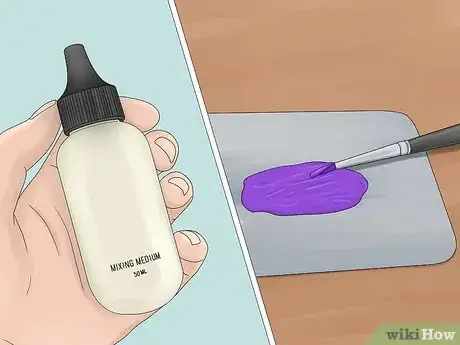
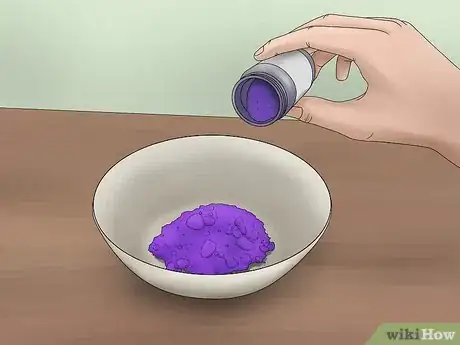
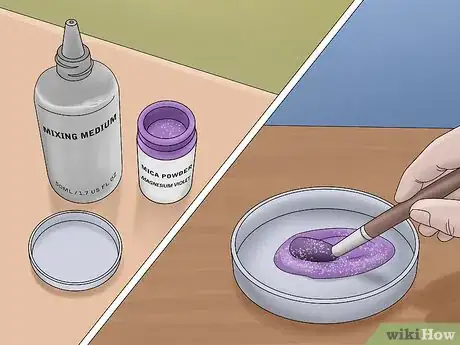
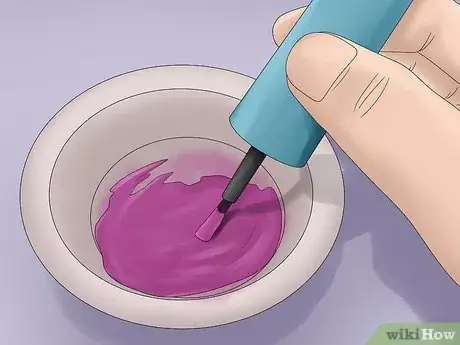
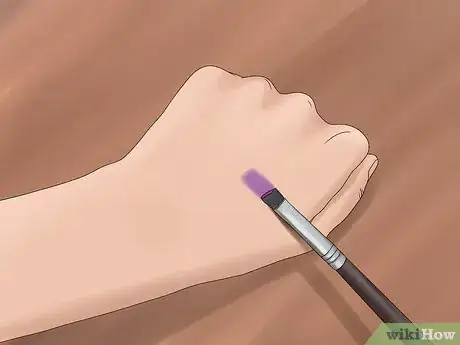

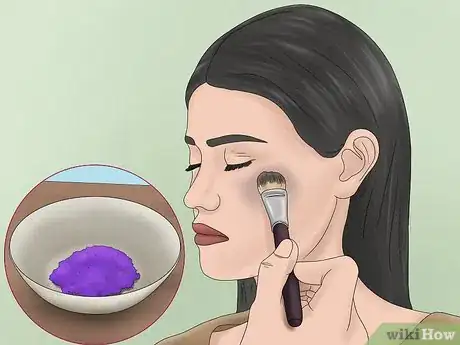
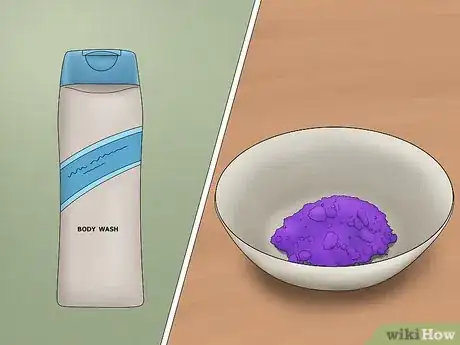
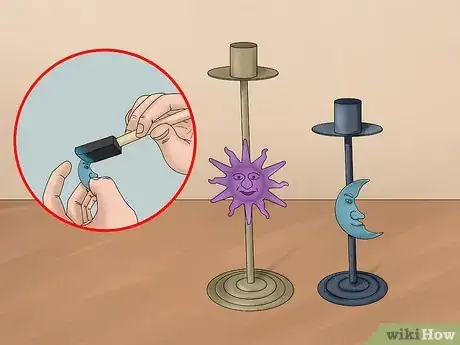
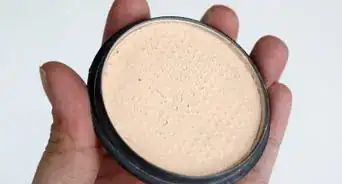
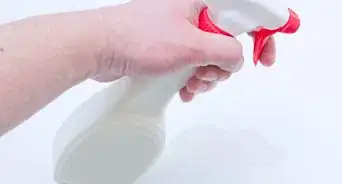







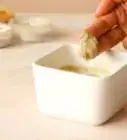
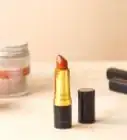

-Step-13.webp)


































